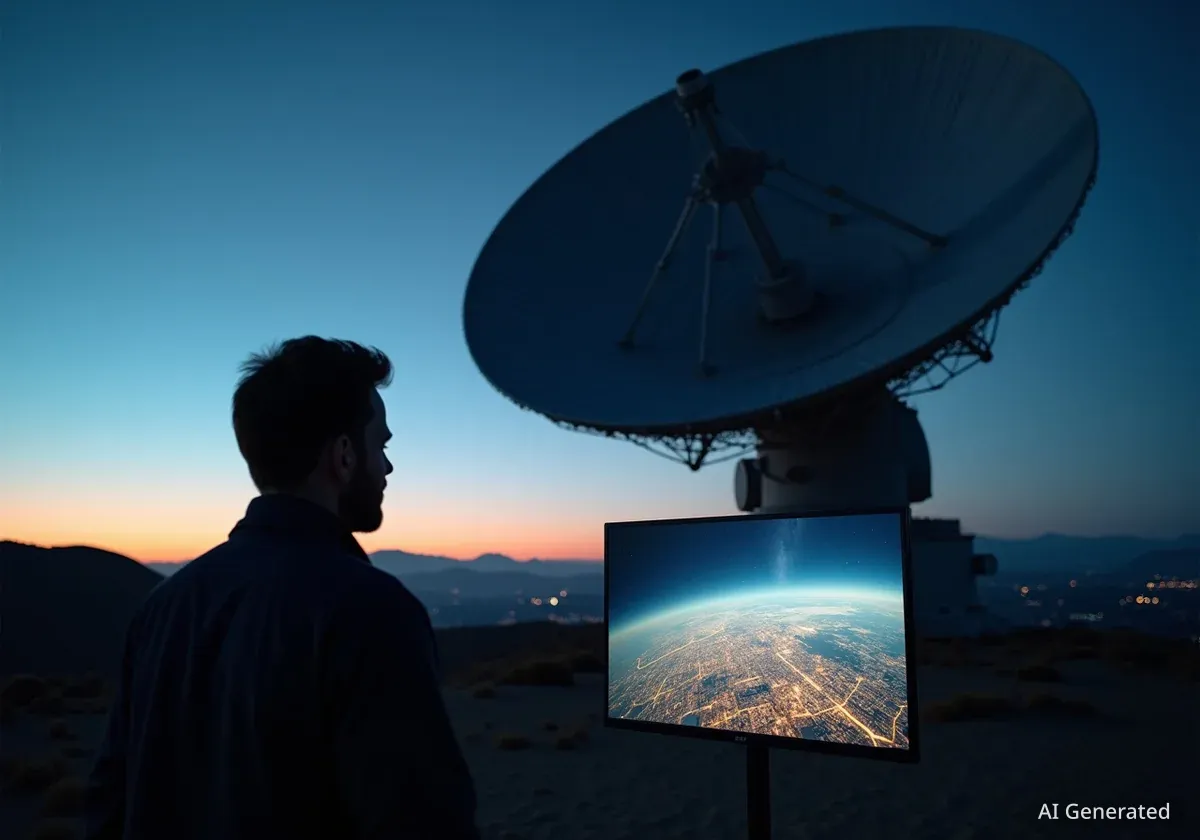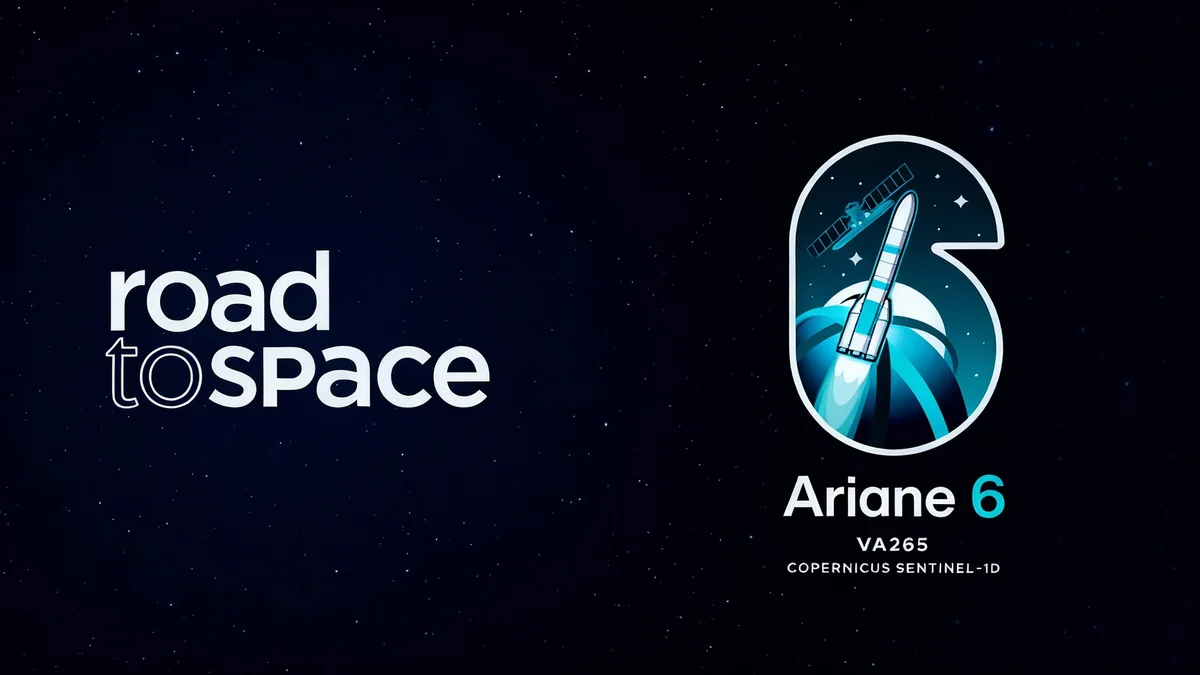Researchers at Johns Hopkins University have developed a new computational method that significantly enhances images from ground-based telescopes, achieving a level of clarity previously only possible with space-based instruments. This new algorithm effectively removes the blurring effects of Earth's atmosphere, opening new possibilities for astronomical research.
Key Takeaways
- Johns Hopkins scientists created an algorithm, ImageMM, to correct atmospheric distortion in telescope images.
- The method makes images from Earth-based telescopes nearly as sharp as those from space telescopes.
- It models how light is affected by atmospheric layers to reconstruct a clearer view of celestial objects.
- This technology is expected to significantly benefit upcoming sky surveys, such as those by the Vera C. Rubin Observatory.
Overcoming Atmospheric Distortion
Astronomers using even the most powerful ground-based telescopes face a persistent challenge: Earth's atmosphere. The air is in constant motion, with fluctuations in temperature, pressure, and humidity that bend and scatter light from distant stars and galaxies.
This phenomenon, known as atmospheric distortion, causes images to appear blurry and less detailed, especially for faint objects far away in the cosmos. According to the research team, traditional image-processing techniques often struggle to correct these distortions without either blurring important details or introducing unwanted visual noise.
The Challenge of Earth's Atmosphere
Light from celestial objects travels for millions or billions of years in the vacuum of space. In the final fraction of a second, it must pass through Earth's turbulent atmosphere. This journey through shifting layers of air acts like looking through a shimmering curtain, distorting the final image captured by a telescope. Correcting for this is a fundamental problem in ground-based astronomy.
Introducing the ImageMM Algorithm
To solve this problem, the Johns Hopkins team of applied mathematicians and astronomers developed a new solution named ImageMM. The algorithm works by creating a sophisticated model of how light travels from a celestial object through the different layers of the atmosphere to the telescope's sensor.
Yashil Sukurdeep, a Johns Hopkins mathematician who developed the algorithm, explained the process. "Think of the atmosphere as a restless sheer curtain, constantly shifting and shimmering, so the scene behind it always looks blurred," he said. "Our algorithms learn to see past that curtain, reconstructing the still, sharp image hidden behind it."
The name ImageMM comes from the mathematical technique at its core, known as Majorization–Minimization (MM). The team adapted this method specifically for processing astronomical observations.
"Our framework can recover a near-perfect image from a series of imperfect observations. We'll never have ground truth, but we think this is as close as it currently gets to perfect."
Successful Tests and Initial Results
The ImageMM algorithm was tested on data from the Subaru Telescope, one of the world's largest optical-infrared telescopes, located at Mauna Kea in Hawaii. The test images were intentionally captured to simulate the quality expected from the new Vera C. Rubin Observatory.
The results were remarkable. In just a matter of seconds, the algorithm processed blurry and noisy images, restoring them with unprecedented clarity. The reprocessed images revealed fine details, such as the intricate spiral arms of distant galaxies, that were previously obscured.
A New Standard for Image Quality
The enhanced images demonstrate a significant leap forward in data processing. According to Sukurdeep, existing tools for analyzing imaging data often fail to remove all noise and blur, and they do not handle missing pixel data effectively. The ImageMM framework addresses all these issues simultaneously.
Implications for Future Astronomical Research
While the algorithm can process data from any observatory, it is being specifically tailored for the Vera C. Rubin Observatory's upcoming Legacy Survey of Space and Time (LSST). This state-of-the-art facility in Chile, set to begin operations this year, will capture vast amounts of data to study dark energy and dark matter.
"It's critical for astronomers to accurately measure the shapes of objects, not just to analyze the morphology of individual galaxies but to statistically analyze their distortions that come from dark matter and other gravitational effects," said Tamás Budavári, the astronomer and mathematician who led the research.
A Wider View of the Cosmos
Space telescopes like Hubble provide exceptionally clear images but have a very narrow field of view. According to NASA, over its 34-year mission, the Hubble Space Telescope has photographed only about 0.1% of the entire sky. In contrast, ground-based facilities like the Rubin Observatory will image the entire visible sky every few days.
Expanding the Reach of Ground-Based Observatories
By improving the quality of data from ground-based surveys, the ImageMM algorithm effectively bridges the gap between the comprehensive coverage of Earth-based telescopes and the high resolution of space telescopes.
"By sharpening our view of the sky, we can see farther, fainter targets and push the threshold of what's detectable. That will give us prettier pictures of the night sky, but not just for academic amusement. It will open new opportunities to improve cosmology research and revolutionize how we process and understand astronomical observations."
This advancement means that the hundreds of observations made by facilities like the Rubin Observatory can be transformed into images that are nearly comparable in quality to those from space. The ultimate goal, Budavári notes, is to effectively remove the atmospheric barrier, unlocking the full potential of billion-dollar ground-based observatories.
The research, published in The Astronomical Journal, also credits Andrew Connolly of the University of Washington and Fausto Navarro of Johns Hopkins University as co-authors. The project received support from the NVIDIA Academic Hardware Grant Program, the U.S. National Science Foundation, and the U.S. Department of Energy Office of Science.





